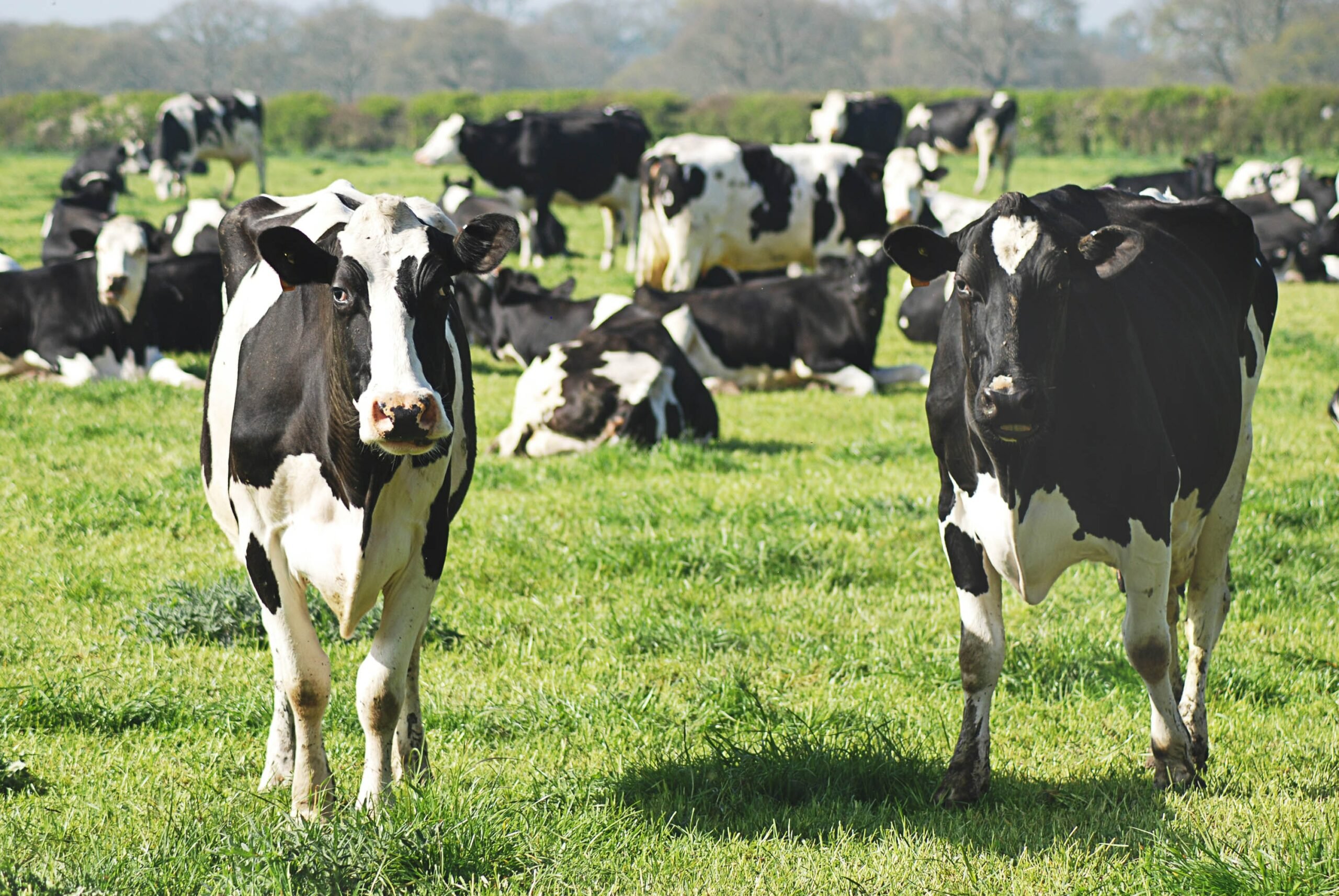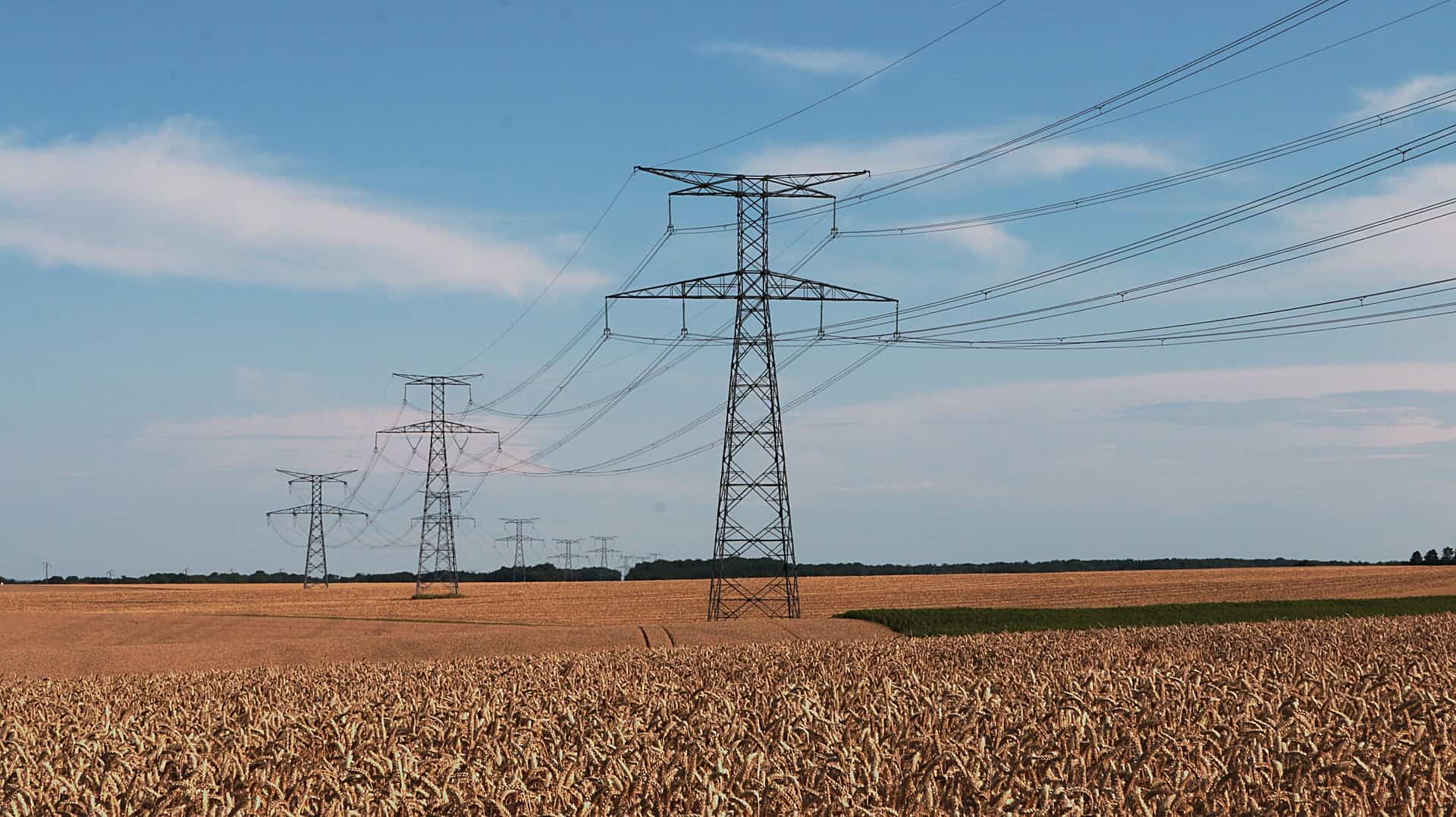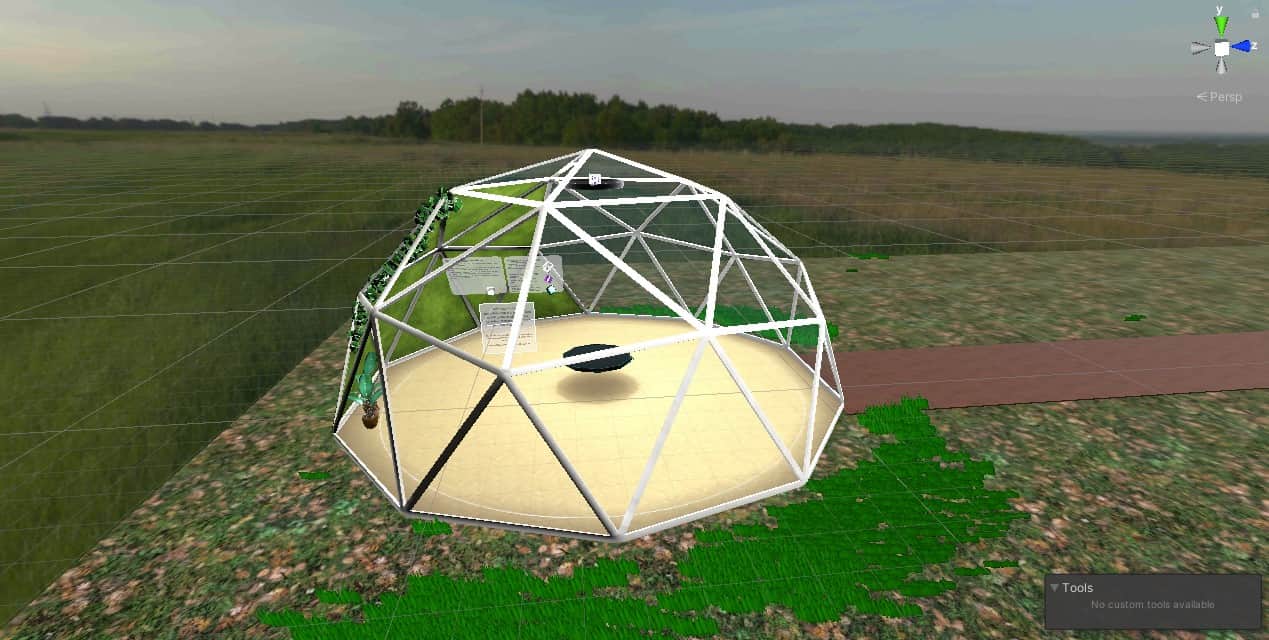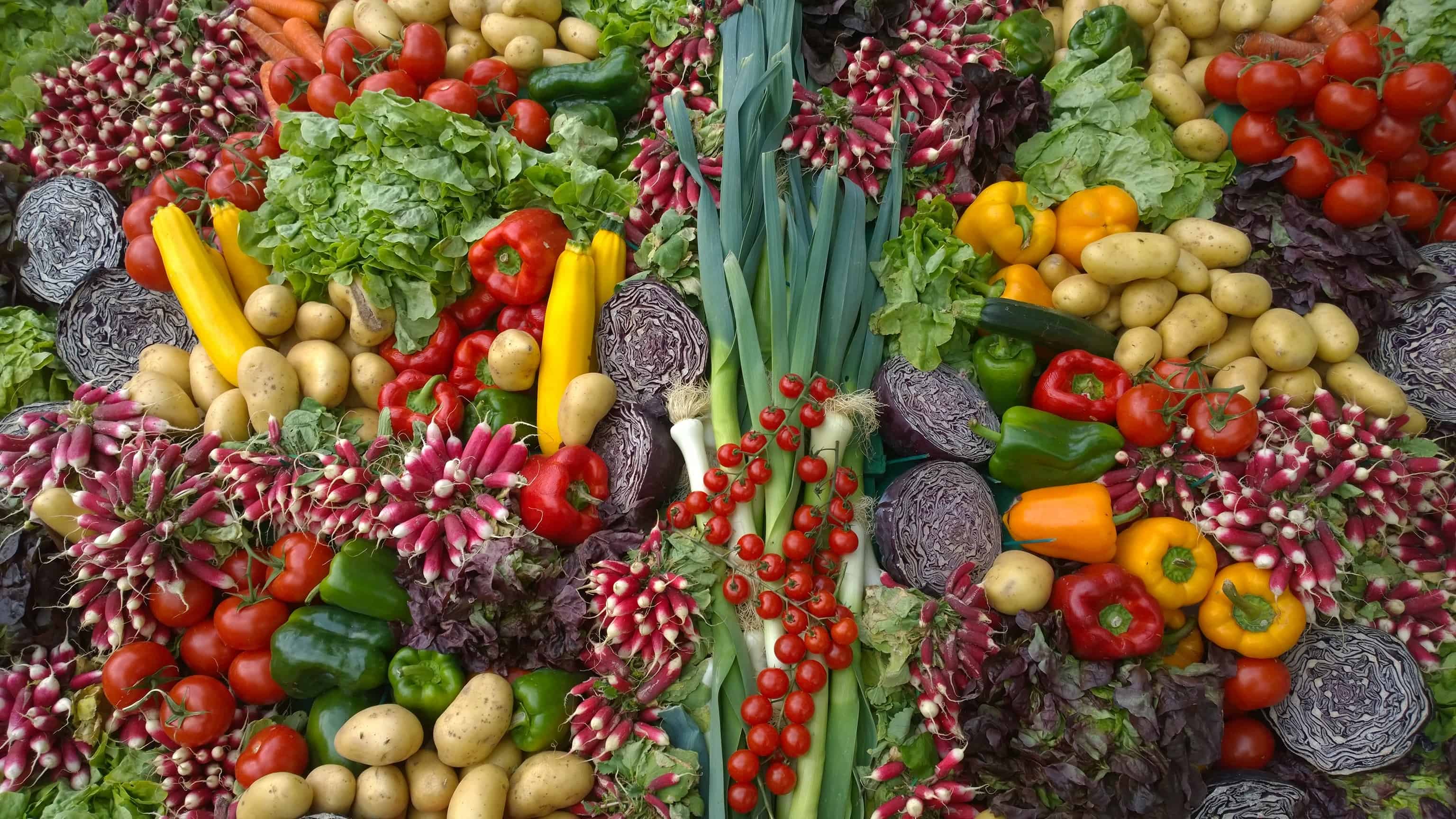
Researchers at the Institute of Social Ecology at BOKU Vienna, Austria, have quantified the intensity of use of agro-ecosystems in EU regions and mapped it. To do this, they used HANPP (human appropriation of net primary production), a measure of social appropriation of net primary production. This represents the total biomass produced by plants through photosynthesis. In this study, agrarian food production was considered in the categories of livestock, cropland and grassland.
For example, the arable and grassland category includes cereals, of which only the kernels are used as the primary agricultural commodity for food production. Together with the straw used in animal husbandry and the unused parts of the plant, such as the roots, the total net primary production of this crop is obtained.
Also interesting: Rebel Meat wants to reduce meat consumption in a sustainable way
In the livestock category, the indicator expresses the feed requirements of farm animals. “Animals consume more food than they provide in the form of food – among other things, to maintain their own metabolism. Also, the entire animal is no longer utilized today. Parts such as offal, bones, skin and fur are only partially used,” says project member Andreas Mayer.
Highly efficient cropland and grassland
Using HANPP, researchers can relate land-use-related changes in the agroecosystem to the carrying capacity of agroecosystems. Their calculations showed that European croplands and grasslands are highly efficient in providing biomass. For the harvest of one kilogram of arable crops and green fodder, on average about 1.6 times the amount of net primary biomass is appropriated from agroecosystems: That is, about 1,680 megatons (Mt) of HANPP for about 1,020 Mt of biomass from cropland and grassland.
Overintensive livestock production
For the production of animal products such as milk or meat, however, this ratio is much higher. Here, 1,750 Mt of HANPP virtual flows are socially appropriated in the form of 44 Mt of animal food, or 40 times the amount on average.
The amount of livestock production in the EU, for example, compared to plant food production, surprised even the researchers. “In about one-third of EU regions, the environmental pressure of the livestock sector, and especially the amount of feed required, exceeds the potential production capacity of local agroecosystems,” Mayer said. The Benelux countries, western France, northern Italy and regions in Poland are particularly affected.
In about one-third of EU regions, the environmental pressure of the livestock sector, and especially the amount of feed required, exceeds the potential production capacity of local agroecosystems.
Dr. Andreas Mayer, Institute for Social Ecology at BOKU Vienna
The basis for this calculation was the amount of potential net primary biomass on current agricultural land. An example would be the biomass of a forest that had to make way for a wheat field, a measure that is put in relation to the biomass needed for a region’s livestock. Today, this relation is out of kilter, made possible by the high proportion of feed coming from other countries or world regions. This is the only way that regions have been able to establish extremely intensive livestock farming.
Combination of two strategies
This intensive agricultural production of food and feed affects the function of agroecosystems. Regulatory functions such as the long-term preservation of fertile soils are compromised by intensive agriculture. Researchers see two key strategies for transitioning to the sustainable production of milk, eggs and meat:
- A stronger orientation of production to regional forage potentials
- Reducing mass production of animal foods
- Reducing industrial mass production of animal foods.
This would have a positive impact not only on the environment and regulating ecological services, but also on people’s health. The per capita consumption of animal products in the EU is too high.
Regional feed potentials would be, for example, arable land available in pig and chicken production and grassland available in cattle production. Incidentally, this is a scenario that the researchers have already demonstrated in the previous EU project Uniseco.
Redistribution of livestock
Scenarios modeled in Uniseco showed that production would decline in regions with an imbalance between feed potential and livestock – and especially ruminants. Affected regions include Holland, Belgium, parts of Germany, western France and northern Italy. With production volumes remaining the same, production would increase in alpine regions and in parts of Spain and Poland. This intensification would of course have an impact on grassland systems and livestock density in regions with currently low stocking densities and would involve considerable changes. These would, of course, have to be mitigated by the European Region’s common agricultural policy, Mayer said.
Extensive agriculture
In Holland, there are already plans to reduce the number of livestock. There, the government is already working on buying up farms. The researcher approves of this approach because the European livestock industry is simply too large. But smaller and medium-sized farms should also be taken into account. Mayer remarks: “In this process, it is important not to further intensify the trend toward abandoning smaller farms, but instead to bring about an extensification of agriculture. This would also be welcome in terms of animal welfare.”
In this process, it is important not to further intensify the trend toward abandoning smaller farms, but instead to bring about an extensification of agriculture. This would also be welcome in terms of animal welfare.
Dr. Andreas Mayer, Institute for Social Ecology at BOKU Vienna
Extensive agriculture refers to a production system that uses a low input of labor, fertilizers and capital in relation to the land area cultivated. An example of this would be the agroforestry system, where trees and shrubs are combined with arable crops such as corn, beans or even pineapples on agricultural land. In addition to a number of ecological benefits, the agroforestry system is also designed to increase yield stability.
Avoid conflicting goals
But overuse of agroecosystems is only one issue in the transition to environmentally-friendly livestock production. Another is emissions. If, on the other hand, the focus were solely on emissions with the same amount of livestock, then the animals would be kept indoors, fed a high-energy, high-protein diet, and their excreta disposed of via a biogas plant. “This shows the whole dilemma, including the need for a comprehensive perspective on the issue of farm animals and emissions. Striving for maximum efficiency increases vulnerability in crises. There is a need to turn the tide on this issue. To avoid conflicting goals between emissions reduction, biodiversity impacts, animal welfare and income, the whole system and its interrelationships must be kept in mind. The most important lever for reducing the environmental impact of livestock production is reduced production. This would require a reduction of export production and a commitment from consumers to reduce their on average excessively high consumption of animal products. All stakeholders must be included in the discussion to find good solutions acceptable to all.”
Also of interest: Sustainable Improvement of the Claw Health of Cows
The study:
The study “Applying the Human Appropriation of Net Primary Production framework to map provisioning ecosystem services and their relation to ecosystem functioning across the European Union” was published in the journal Ecosystem Services. Mayer, A., Kaufmann, L., Kalt, G., Matej, S., Theurl, M.C., Morais, T.G., Leip, A., Erb, K.-H., 2021. Applying the Human Appropriation of Net Primary Production framework to map provisioning ecosystem services and their relation to ecosystem functioning across the European Union. Ecosystem Services 51, 101344.






